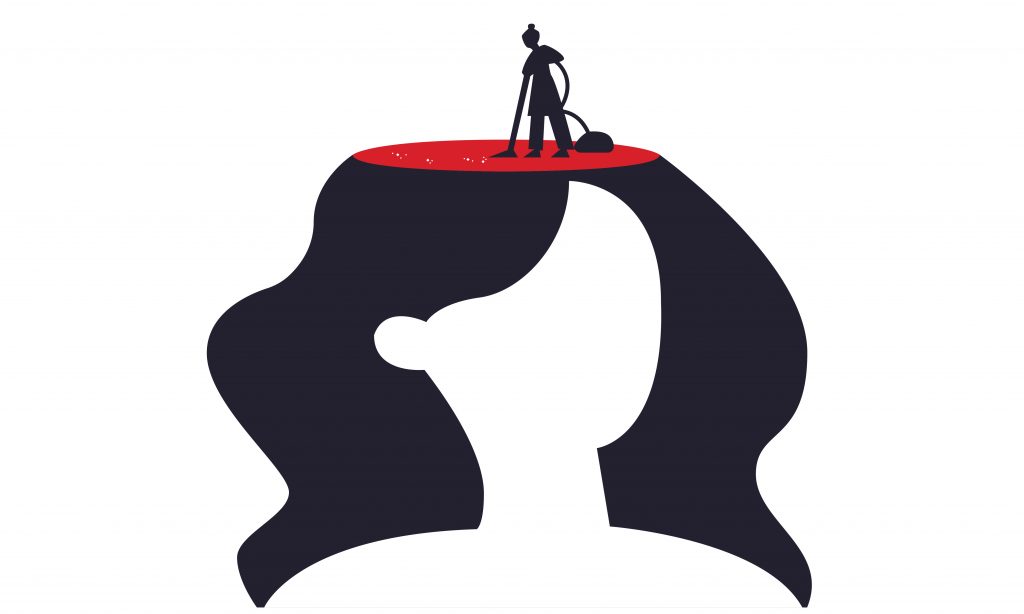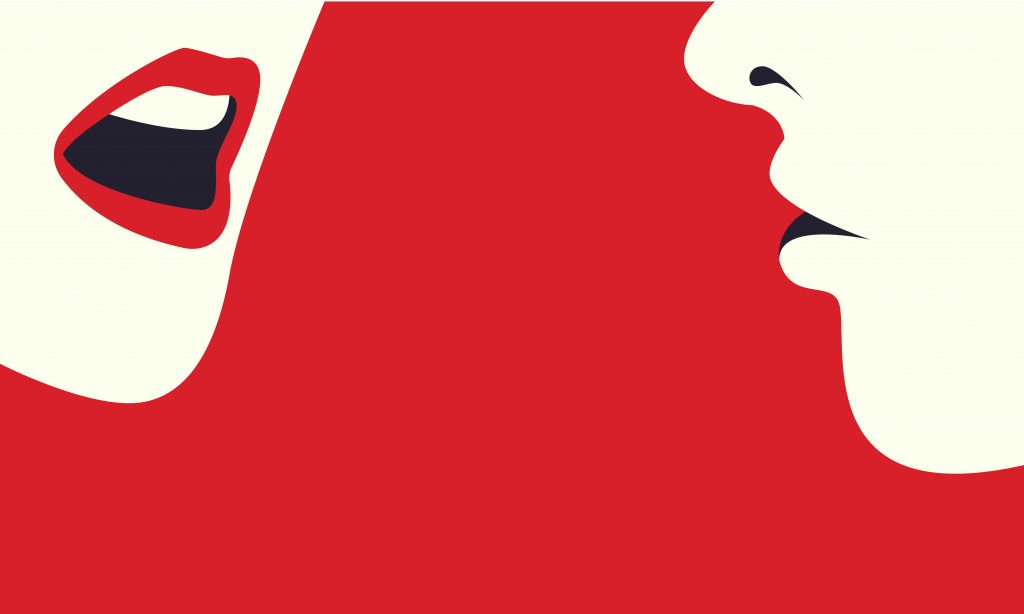“Be the flame of fate, that torch of truth to guide our young people toward a better future for themselves and for this country.”
Michelle Obama (1964-), American attorney and author who served as the First Lady of the United States from 2009 to 2017.
On May the 22nd 2021 Måneskin, an Italian rock-band, won the Eurovision, the radical-trash singing contest that has been popular throughout Europe for decades (except in Italy, which did not participate to the competition for fourteen years, before returning in 2011). The day after the victory, Duolingo reported a 56% increase in the number of students enrolled in its Italian courses. This is not the first time that television popularized something and turned it from unknown to desirable. It had already happened a few months ago with “The Queen’s Gambit”, which caused a 213% surge in chess board sales, and thirty years ago with Jurassic Park, which suddenly increased enrollment in geology and paleontology majors (this article even suggests that it influenced dinosaur DNA research for a decade, leading to important discoveries in the world of genetics).
This phenomenon is called the role model effect. A role model is a person who serves as an example by influencing others. For many boys and girls, the most important role models are their parents and caregivers. Boys and girls look to a variety of role models to help them create their own behavior at school, in relationships, or when making difficult decisions. They may also try to copy the behavior and appearance of celebrities, such as athletes and celebrities (more recently, the group of vloggers known as “influencers”, the clue being in the name), and characters from books, TV, movies, or video games. In an attempt to emulate their myth, they may cultivate their passions and find a stimulus for their own growth and goals.
The role and importance of good examples is widely accepted by everyone on an intuitive level (when we send our children to school we want the teachers to be good examples right? And we worry if they hang out with the wrong crowd or follow “bad examples”), yet there are certain areas where the influence of a positive role model is still denied. These fields are those where it is convenient to hide a prejudice behind an effect of nature, so that we can justify with biology what to all intents and purposes, is systemic discrimination.

Cognitive neuroscientist Gina Rippon writes extensively about this. In her book “The Gendered Brain” she explains how the brain has been stereotyped to respond to the need of a social model that saw women as inferior to men in scientific subjects. The thought process that supports this theory goes something like this: the data indicates that there are fewer women in science, so women are less interested or gifted in science subjects. Women also are more involved with the humanities and social sciences, so obviously they are more gifted at that sort of thing. Three famous modern-day “accidents” testify to this way of thinking.
Larry Summers, 2005
Larry Summers, the then President of Harvard University, in 2005 decided to talk about “the problem of representation of women in science faculty at prestigious universities” during a lecture entitled “Diversifying the Workforce in Science and Engineering Faculty.” Summers justified the gender gap using a theory proposed by Havelock Ellis in 1894 known as the “highest male variability” theory. Ellis noted that there were more men than women in asylums and at the highest levels of power. He concluded that it had to do with a wider variability of men’s “capabilities” (more genius and more idiots than women) as opposed to a narrow variability in women (who therefore ranked in the middle). This theory, however, ignored two social factors: the fact that men tended (and still tend) to have less social support if they fall out of grace, and the fact that women did not have the opportunity to access any role other than mother and wife. This theory was used by Summers to justify greater male success in every field (men are naturally more brilliant, while women are naturally average) while securing a law that would guarantee male dominance in power for centuries to come. As in, “Sorry ladies, blame your brain.”
James Damore, 2017
In 2017 James Damore, a (now former) Google employee circulated within the Google community a lengthy letter in which he stated that “the distribution of men’s and women’s abilities and tastes has a genetic origin […] and these differences explain why we don’t see the same amount of women in tech and in high-level careers.” Damore in the letter used terms like “hereditary traits” and cited testosterone as the main cause of such differences.
Alessandro Strumia, 2018
In 2018 Alessandro Strumia, professor of physics at the University of Pisa, at a CERN meeting on gender equality in science argued that “physics was invented and built by men” and that “There is a political culture that wants to replace competence and merit with an ideology of equality.”
This thought was accompanied by 26 slides (which I have personally viewed) in which he “demonstrated” that women in physics were less present simply because they were less skilled. These slides have also become a research paper. Strumia made the same mistake as Damore and Summers, and that was not to take into account hundreds of years of social context and extra-biological causes, such as social norms which denied women the opportunity to cultivate any kind of interest outside the family (under penalty of expulsion from the social circle). If we go back to the discussion about role models, we should all see how important it is, in order to develop abilities and skills, to be able to relate to someone.
The problem is that the importance of inspiration and positive role modeling, so universally accepted in other areas, in the field of men’s and women’s abilities seems to fail to take hold, as if we can’t accept that the same impetus that leads us to learn Italian to imitate our favorite band is what leads a little girl to excel in math and physics in college. The reaction to any discourse that brings into play nature vs. nurture is always vehement, with neuroscientists, biologists and psychologists lined up on both sides. To name just two, Debra Soh, a psychologist and journalist, in defence of Damore’s “biological” thinking, declared that “ Within the field of neuroscience, sex differences between women and men—when it comes to brain structure and function and associated differences in personality and occupational preferences—are understood to be true, because the evidence for them (thousands of studies) is strong. This is not information that’s considered controversial or up for debate; if you tried to argue otherwise, or for purely social influences, you’d be laughed at”. On the other hand David Schmitt, professor of physiology at Bradley University and author of one of the papers cited by Damore to support the biological argument declared: “Using biological sex to trace and stylize the character and personality of an entire group of people is like performing surgery with an axe. It’s not precise enough to do any good, and it will probably only do harm” .
It is important to underline that the problem is complex: in addition to the effect of the good example, there are other social effects, prejudices and discriminations to take into account. To all this we must add the intrinsic difficulty in studying our behavior and our brain, which remains an organ we know very little about. Nevertheless, the importance of a positive role model with whom we can identify is critical to broadening the horizons of girls and boys. The more women there are to offer such role models, the more girls we will see in all fields of knowledge. We are already seeing this happening in areas of the world where girls receive strong incentives to study STEM subjects, like in India (where 31% of engineering degrees are held by women, compared to 19% in Italy). The numbers seem to indicate that it’s not (only) a matter of the brain, but a matter of culture, role models and time.
Over The Pop
Billy Elliot | The film about the son of a proletarian Liverpool family who wants to be a ballet dancer instead of a boxer not only turns social roles upside down, but also brings to the table the issue of class and how art is often a job accessible only to privileged families. If you’re not familiar with it you should rent it now.
Brave | Part of Disney Pixar’s long series dedicated to heroines, Brave is a film that weaves together two themes. The theme of finding one’s own destiny and identity regardless of the role our parents have assigned us, and the need to improve communication between mothers and daughters. In the film Merida, the protagonist, will do both, helped by a bow and arrow. Emma Thompson is the voice of Merida’s mother and Kelly Macdonald is Merida (if you do not remember who she is, I will give you one hint: Trainspotting).
Jane | Speaking of role models and examples to follow, it is impossible not to mention Jane Goodall, the world’s most famous ethologist and anthropologist. This National Geographic documentary highlights how a single researcher, with her countercultural ideas and non-canonical approach, has managed to revolutionize the world of conservation, as well as transform the vision of how to study wildlife (Goodall also gave this great TED talk on what separates us from chimps).
 This article appeared for the first time on our fortnightly newsletter. To keep up with the scientific debate, join the community of Monnalisa Bytes and to receive a preview of all our newsletters subscribe here!
This article appeared for the first time on our fortnightly newsletter. To keep up with the scientific debate, join the community of Monnalisa Bytes and to receive a preview of all our newsletters subscribe here!
